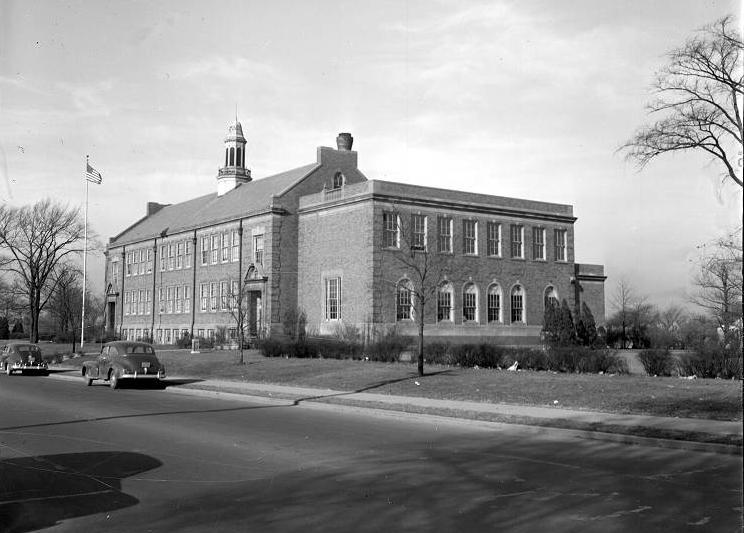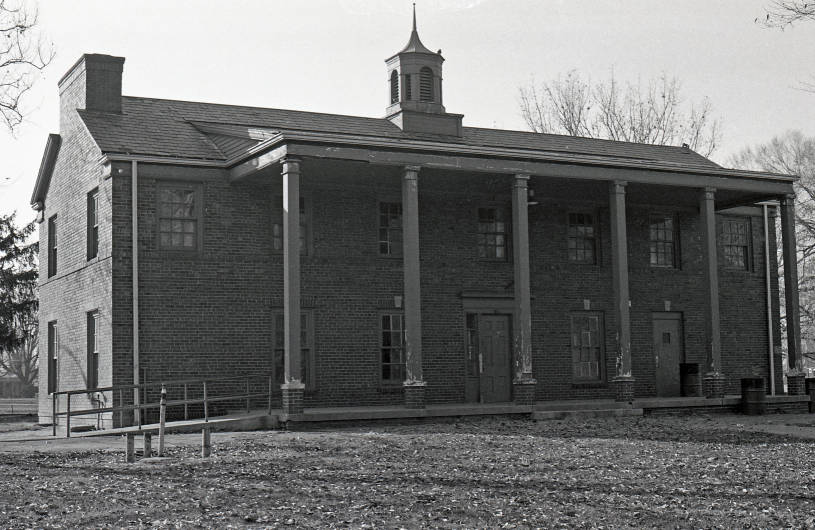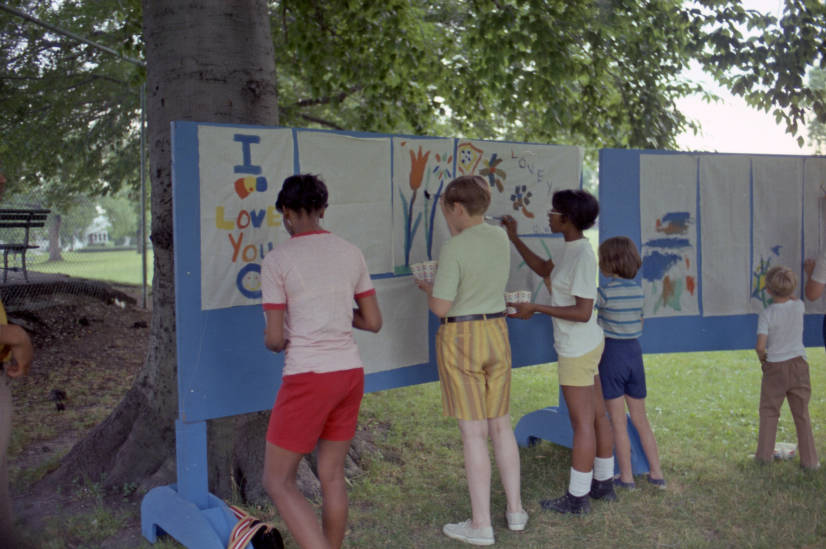Christian Park is a neighborhood bounded by Washington Street to the north, railroad tracks to the south, Emerson Avenue to the east, and Sherman Drive to the west. The neighborhood is built around Christian Park, a public park.

In 1921, there were few homes in Christian Park. There were clusters of them built near the intersection of Washington Street and Sherman Drive, as well as along Emerson Avenue. However, most of the area now known as the Christian Park neighborhood was a large plot of land almost entirely owned by the Christian family, prominent contractors in Indianapolis who built several landmarks, including the home of .
The park itself was donated to the City of Indianapolis by Dr. Wilmer F. Christian Jr. in 1921. The 40-acre gift was named in honor of his mother, Margaret Christian. The rest of the property was not platted until 1923. This subdivision, north of the park and south of the , was called Christian Park Heights.

After Christian Park was platted, homes still needed to be built. Home construction began in earnest in 1925, when 61 homes were built. In the 1920s, 261 more homes were built, but construction slowed significantly during the . Building continued in earnest after World War II.
Because Christian Park was platted in the 1920s, its streets are based on a grid pattern. (Later developments tended to have curving street patterns.) However, because the area was mostly developed in the 1940s and 1950s, its architecture bears similarity to early suburbs, like Levittown, New York. Many homes are built in a simplified Cape Cod style. Local neighborhoods with similar housing stock include Hawthorne Manor and Ritter Park (just north of Community East Hospital).

By 1970, there were 4,844 people in the census tract that made up most of Christian Park. This was a working-class, all-white neighborhood. The average family earned $11,310 per year, which was lower than two-thirds of other census tracts in Central Indiana. Four percent of the neighborhood had a bachelor’s degree, compared with 10 percent of Central Indiana.
The 1970 census found 2,254 workers living in the area. Most of these workers were clerical, craftsmen, or equipment operators. They worked mostly in manufacturing (736 workers) and retail (441 workers). Some workers (266) were employed in professional sources.
The neighborhood was 100 percent white in 1970. In fact, in 1923 the plats were advertised with the guarantee “that no lots are sold except to white people.” This racial exclusion continued even after such measures were declared unconstitutional. The community remained at least 97 percent white through the 2000 census.
Christian Park has become more diverse in the last two decades. In 2000, three percent of residents were people of color. In 2019, people of color account for 26 percent of residents. About 10 percent of residents are Black and 13 percent are Latino. Average income has fallen from $66,000 in 1970 to $47,000 in 2021.

Is this your community?
Do you have photos or stories?
Contribute to this page by emailing us your suggestions.